Some of us may have seen the movie "The Theory of Everything"? The film tells the life story of Stephen Hawking who managed to become a famous scientist even though he has a degenerative disease that almost paralyzes his entire body. The disease does not make Hawking lose his ambition. Hawking became one of the many scientists who sought to discover the "theory of everything", a theory capable of explaining everything in our universe. If the theory is found then we will be able to understand all the weird and wonderful things in the universe. However, finding the theory is not an easy thing.
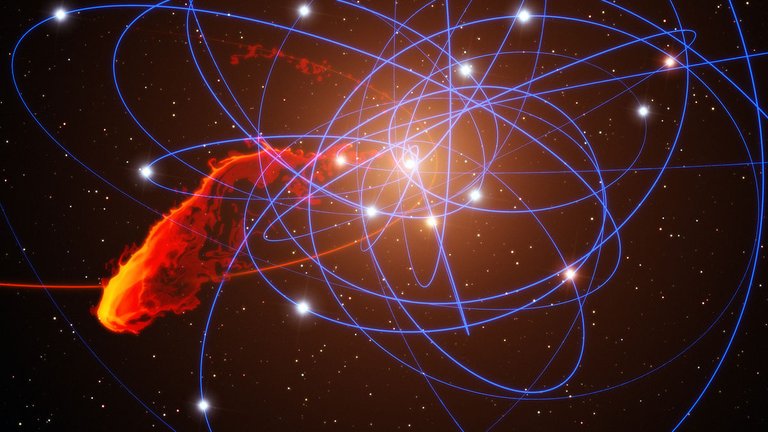
Invention of Gravity
It's been a long time since scientists think that this complicated universe is actually governed by something simple. It was this thought that led Isaac Newton to publish a book entitled Philosophiae Naturalis Principia Mathematica. The book contains a theory that explains how things move and gravity work. In the book, Newton also said that the world is a beautiful and orderly place.
Maybe you already know the story of how Newton discovered gravity. Yes, it happened when the 23-year-old Newton was in the garden and saw an apple falling from a tree. At that time, scientists already knew that the Earth could pull objects around by gravity. However, Newton examines this idea further. Newton once asked, "If an apple can only be pulled by Earth, will Earth also attract the Moon?" Newton believes that Earth's gravitational force is not limited to a certain distance from the Earth's surface. This style must stretch further. The inspiration led Newton to develop a theory of gravity that worked very well in explaining the fallen apples on Earth and the planets orbiting the Sun. Apples, Earth, and Sun are indeed different objects. However, all three apparently obey one same law of gravity.
People in those days (circa 1687) seemed to assume that Newton had discovered the theory of everything that could explain everything. However, Newton knew that his theory of gravity had weaknesses. For example, Newton's theory of gravity is incapable of explaining some extreme cases such as gravity. For example, the movement of Mercury's planet around the Sun predicted by Newton is far different from that of astronomers. This shows that Newton's theory of gravity is not a universal law.
General Relativity Theory
Two centuries later, Albert Einstein came with enlightenment with his general theory of relativity. Einstein offers a theory that explains gravity more deeply in a different way. The space we know has three dimensions: length, width, and height. Then there is the fourth dimension, time. Einstein considers space-time as a space-time continuum. Mass objects can basically warp space-time. The larger the mass of the object, the deeper the curve. Small mass objects will move into the curvature of space-time to objects of greater mass. This is why gravity makes objects attract each other.
Einstein's general theory of relativity was able to explain the peculiarities of Mercury's orbit that Newton could not predict. Einstein knew that the mass of the great Sun warped the surrounding space-time. Because the distance is very close to the Sun, Mercury experienced a greater distortion than other planets. As a result, Mercury's orbit undergoes a shift over time (precession). However, Einstein's general theory of relativity is not a general law. This theory does not work for very small objects such as atoms.
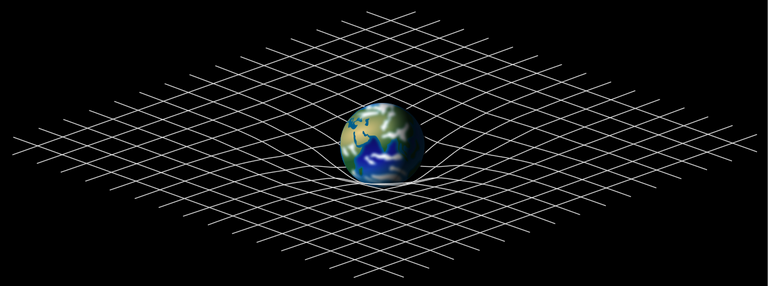
Birth of Quantum Physics
Until the end of the 19th century, atoms were considered the smallest units of matter. The atom is derived from the Greek, atomos which means cannot be divided. However, in 1870 scientists discovered particles that were nearly two thousand times smaller than atoms. These subatomic particles are electrons that have a negative charge. Half a century later it was discovered that the atom has a core consisting of two types of subatomic particles: neutrons with neutral charges and positively charged protons. Not just stop there, scientists continue to find ways to split the material into smaller parts. In 1960, scientists have discovered dozens of fundamental/elementary particles.
We now know that of the three atomic components, only electrons are elementary particles. Neutrons and protons are composed of smaller particles called quarks. These subatomic particles are governed by laws different from those that govern large objects such as planets or stars. The law is named after quantum physics. In quantum physics, the particles do not have a definite location: their existence is somewhat blurred. We only know the probability of the existence of the particles. This means that the world is fundamentally uncertain.
Quantum physics is able to explain well about the structure and behavior of atoms, including why some atoms are radioactive. Quantum physics is also the basis for the development of modern electronics. On the other hand, the general theory of relativity is used to predict the existence of black holes. A black hole is a massive star that collapses because of its own gravity. Gravity is very strong, even the light can not escape from it.
Unfortunately, quantum physics and general relativity theory are not compatible. The theory of general relativity states that the behavior of objects can be predicted with certainty while quantum physics states that all we know is the probability of the behavior of the object. This means there are some things that scientists still do not understand. An example of this mismatch problem occurs in a black hole. A black hole is a very massive object that the general theory of relativity prevails. On the other hand, black holes can also be so small that quantum physics prevails. This incompatibility triggers scientists to discover the theory of everything.
Einstein spent most of his life looking for the theory. Einstein is not a person who likes quantum physics. He wanted to invent a new theory that could unite gravity with other physical laws in its own way. The biggest challenge he faces is how to integrate gravity and electromagnetism. In the 1800s, scientists had learned that electrically charged particles could draw close together or pull away with other charged particles, which is the reason why some metals may be pulled by magnets. This means that there are three types of interconnected interactions generated by the two forces: gravitational attraction, electromagnetic attraction, and electromagnetic rejects.
Einstein wanted to unite the forces of gravity and electromagnetism into a theory called "unified field theory" (integrated field theory). To do so, he argues that space-time actually consists of five dimensions. We know that there are three dimensions of space and one dimension of time. Einstein added a fifth dimension of a very small size and we can not see. Unfortunately, the theory did not work and Einstein spent 30 years of his life in a futile search. Einstein eventually died in 1955 and his theory is still imperfect.
String Theory
In the next decade, a new theory emerged that became a strong candidate theory of everything, the string theory. The basic idea of string theory is quite simple: elementary particles we know like electrons, quarks, neutrinos, etc. is not actually a particle. They are strings (strings) that are so small that they look as dots. Yes, the string in question is like a string on the guitar. The string may vibrate/oscillate at different frequencies, depending on the size. The vibration determines what particles are represented by each string. For example, a string that vibrates in a certain way is an electron, whereas the one vibrating the other way is a quark. All the elementary particles found in the 20th century are made up of the same strings, they just vibrate in different ways.
The idea of string theory is not directly accepted by scientists. However, this theory is able to explain the fundamental forces that exist in nature (including gravity, electromagnetism, strong nuclear force, and weak nuclear force) well. Strong and weak nuclear forces work only in the atomic nucleus. The strong nuclear force serves to keep the nuclei intact. This is the reason why the atomic nucleus remains stable even in that there are many protons. For example, iron (Fe), which has 26 protons at its core, should be unstable due to the inter-proton repulsive forces. The strong nuclear force that binds the iron core remains intact. Meanwhile, the weak nuclear force normally does nothing. However, if strong enough, the force can make the atomic nucleus radioactive.
Theory of everything must be able to explain the four fundamental forces. The strong nuclear force, the weak nuclear force, and the electromagnet have been successfully united by quantum physics. Each fundamental force has a particle that specifically carries that style. However, the particles in charge of carrying gravity have not been found. Some scientists think that the particle is a "graviton". Gravitons may have no mass, spin in a certain way, and move at the speed of light. This is where string theory plays an important role. The theory is able to describe a string that has properties such as graviton. As a result, in the mid-1980s scientists became very interested in string theory. Unfortunately, this theory still has problems.
The first problem is that scientists do not yet understand string theory in detail. Secondly, string theory requires us to believe that the universe we live in consists of 26 dimensions for mathematical calculations consistent with the things we already know about the universe. The more advanced version, known as "superstring theory", is able to reduce the number of dimensions to 10 only, but this is still much more than the 4 dimensions we know.
These problems make scientists unsure of string theory and get them to learn another theory called the "loop quantum gravity". This is not an attempt to search for a thorough theory of particle physics, but rather the focus of searching for the theory of gravity from the point of view of quantum physics. The quantum gravity loop theory proposes that spacetime can be divided into small parts. When viewed from afar, space-time looks like a smooth sheet. But when viewed closely, spacetime looks like dots connected by lines or loops. The braided lines are used to explain gravity. However, this idea is still confusing and has the same problem as string theory: there is no solid evidence experimentally.
Multiverse
Apart from all the problems it has, string theory still looks promising. The popular string theory in the 1980s actually had 5 different versions. In 1995, scientists realized that in fact, the 5 versions came from the same thing, it was only seen from different perspectives. This leads to the discovery of M-theory which is a newer version of string theory and accommodates previous versions. However, M-theory does not offer a single theory to explain everything. There are 10500 theories that are consistent and able to explain the universe. Though weird, M-theory leads us to an unexpected conclusion. The universe we live in is just one of many universes called multiverse.
At first, the multiverse looks like large bubbles of different sizes and shapes. Each bubble expands and forms its own universe. We are in one of the many bubbles. In the same bubble apply the same laws of physics. But for different bubbles, applicable physical laws are also different. This leads us to a strange conclusion. If string theory is the best theory to combine the general theory of relativity and quantum physics, then string theory is the theory of everything as well as not the theory of everything. This is because string theory gives a perfect description of our universe but at the same time states that there are many universes that are each unique. That is, we can not expect there to be a unique theory of everything.
Why are the theories proposed to discover the theory of everything always encounter problems? Maybe because we still do not know many things. It's like we are trying to understand a big phenomenon but we can only observe a small part of the phenomenon. It still takes deep research to be able to discover and understand how our universe actually works.
Reference :
- http://www.bbc.com/earth/story/20150409-can-science-ever-explain-everything
- Green, Brian. 1999. The Elegant Universe: Superstrings, Hidden Dimensions, and the Quest for the Ultimate Theory. New York: W. W. Norton & Company
- https://www.sciencedirect.com/topics/chemistry/quark
- http://www.historyvshollywood.com/reelfaces/theory-of-everything/
- http://www.answers.com/Q/Who_said_Protons_and_neutrons_are_made_of_smaller_particles_called_quarks
- https://www.britannica.com/science/subatomic-particle

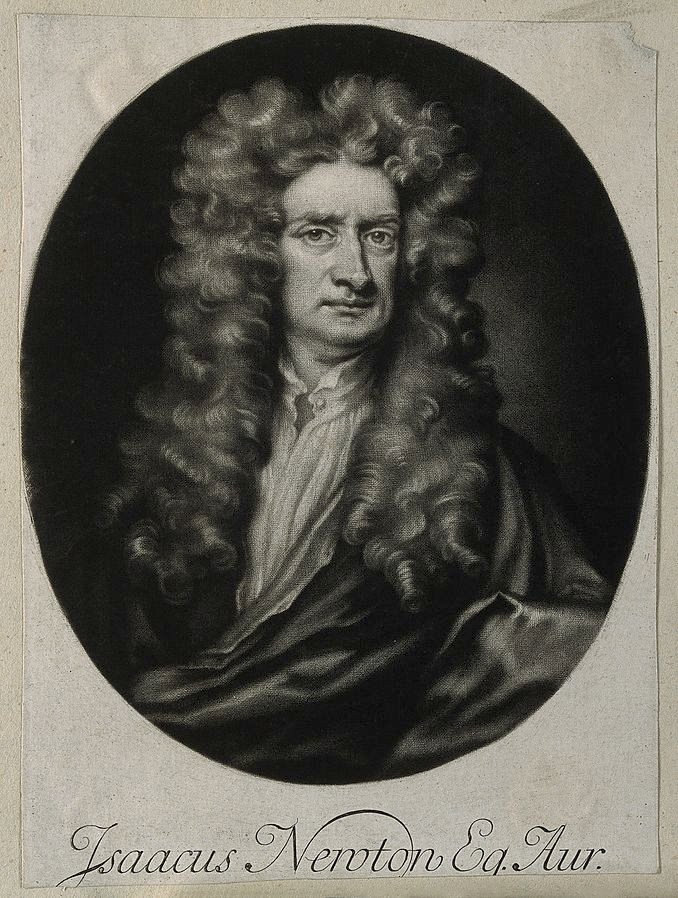
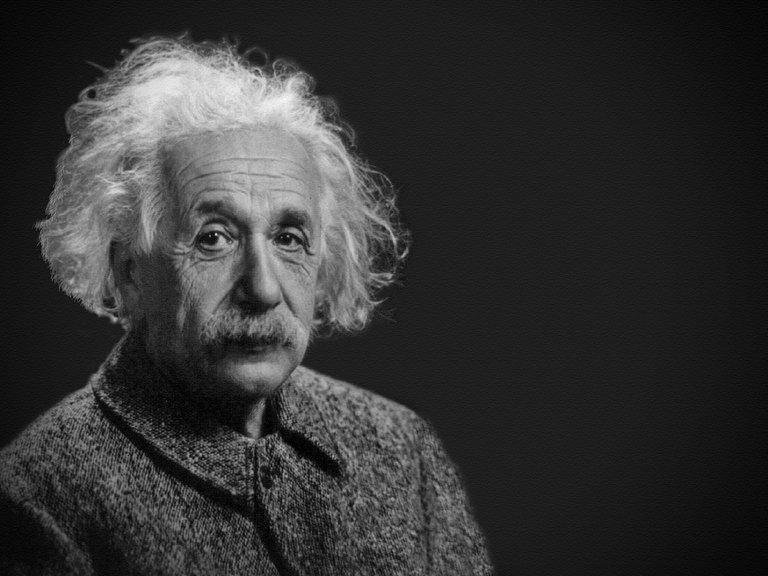

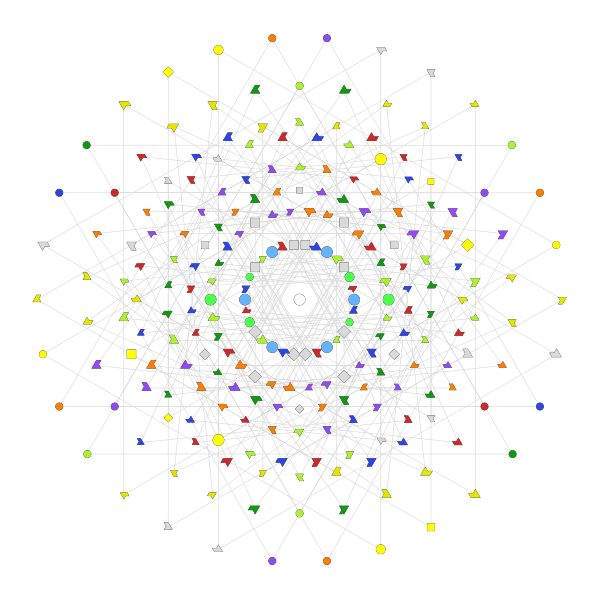
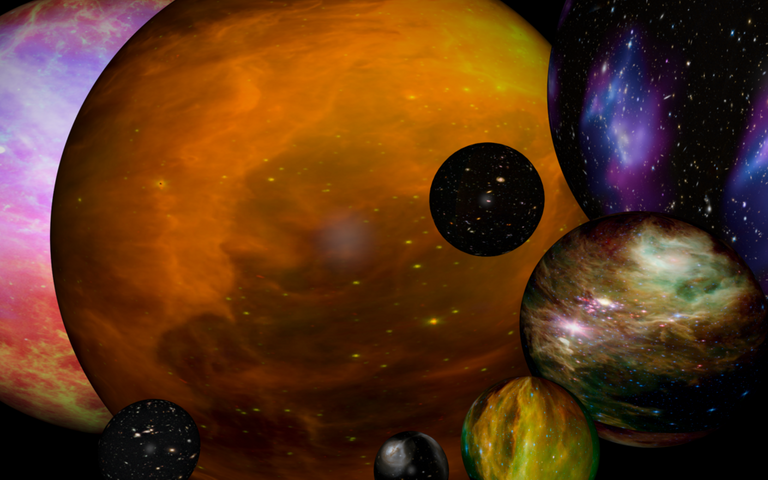
This is a huge bite of physics and astronomy. I am definitely reading it again.
Awesome post!
thanks @rharphelle for reading my article
:)
😁
Awesome article. I wonder why we have seen less of a promising scientist in the youths of today (myself inclusive). I guess, the rave of technology and social media has diverted our attention.
Until now, I didn't know about quark (don't blame me, I just didn't know)
Keep the good work
there are many things that we still do not know, steemit can be one of the media for us to share knowledge.
thanks @mrbreeziewrites
:)
Quite true, and I've actually been learning....
Keep the good work going.
I enjoyed reading your blog @whalhesa. I was really interested when you mentioned Stephen Hawking, Invention of Gravity and Theory of Relativity. Awesome! 😉
You are welcome @sakura1012
The theory of everything reminded me of the theoretical physicist and legend; Stephen Hawking
I enjoyed every bit of this article ! hat down ;)
Awesome article.
I wouldn't be able to write all that into a short article if my life would depend on it. You have managed to convey so much in so little space. I am trying to be short in my articles but I always go too deep in a sub-subject and then I have to cut it out for the sake of balance :D
This one gets bookmarked for later reference :D
Cheers!
It seems to me that the article lacks the Holographic Principle (HP), which combines the all above into. Authors HP holds that the universe is 3D image projected off a 2D surface, much like a hologram emerges from a sheet of photographic film. It’s long been thought that the universe at its most fundamental level is made up of subatomic particles like electrons or quarks. But now physicists believe those particles are made up of something even smaller—information. And the information itself is represented by the of pairs of projections of particles on the holographic horizon - this qubit with three states: 0/1/Z.
Thank you 🙏. I’ve just read the entire subjects of the physics in a post by means of your article.
Yes. Sure. I agree with this statement. Because all other theories and approaches are someway proven by experimental research. But humanity still has more time to set up an experiment for seeing the results of string theory.
And about Einstein, I think that he died so early. He had time to comprehensively adopt and figure out quantum mechanics to make his own contributions to it. Unfortunately maybe he was the only one to solve this puzzle!
And for M-theory, hope one day someone will explain what that M stands for and thus we’ll be able to see beyond its technical aspects 😀